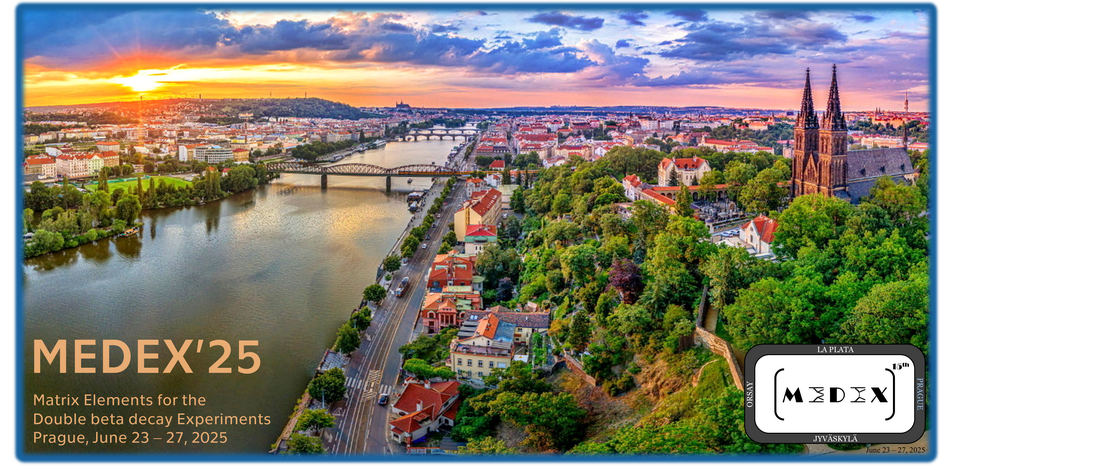Speaker
Description
The exploration of physics beyond the Standard Model in nuclear physics is closely tied to investigating rare electroweak transitions. The most promising process is neutrinoless double-beta decay ($0\nu\beta\beta$), a nuclear transition where two neutrons simultaneously convert into two protons with the emission of only two electrons. If observed, this second-order decay would prove that neutrinos are Majorana particles, shed light on the existence of massive neutrinos, and help explain the matter–antimatter imbalance in the universe. The half-lives depend on the square of the nuclear matrix elements (NMEs), which must be computed since $0\nu\beta\beta$ has not yet been observed.
In this talk, I will discuss computations of the NMEs at next-to-next-to-leading order (N$^2$LO) within the nuclear shell model (NSM) and QRPA frameworks. These calculations aim to reduce uncertainty in the NMEs. First, I will present the contribution of ultrasoft (low-momentum) neutrinos, which can dominate in scenarios involving light sterile neutrinos, then show the full N$^2$LO NME results, and provide further detailed analysis.
Finally, if time permits, I will briefly address the recent addition of novel next-to-leading order (NLO) terms in two-neutrino $\beta\beta$ decay NMEs within the NSM, focusing on transitions from the $0^+$ ground state to the first $0^+$ excited states.

